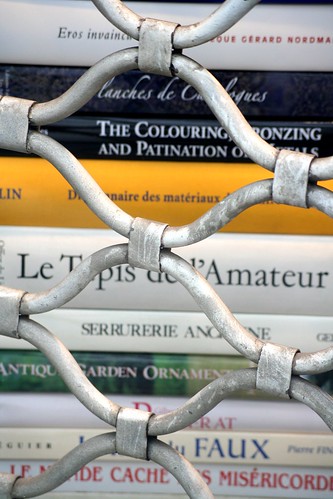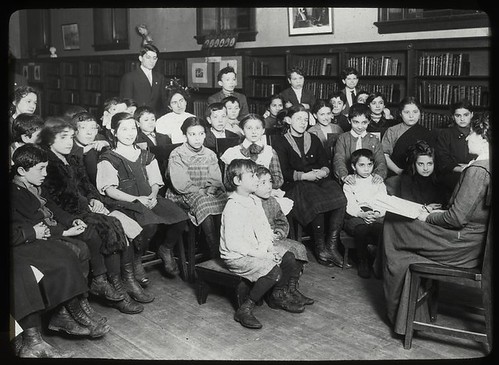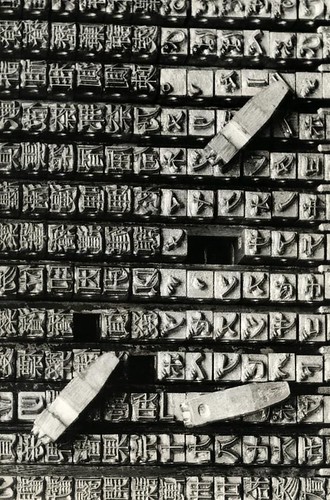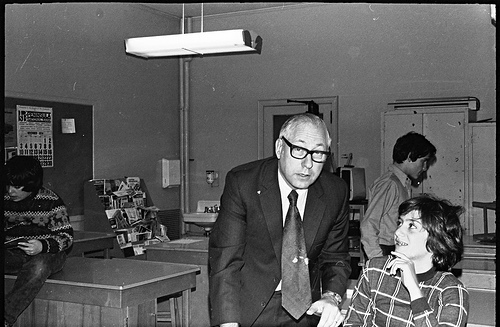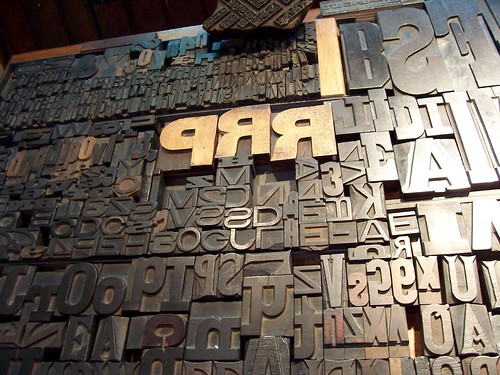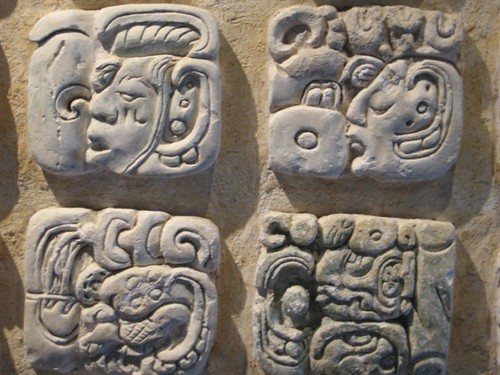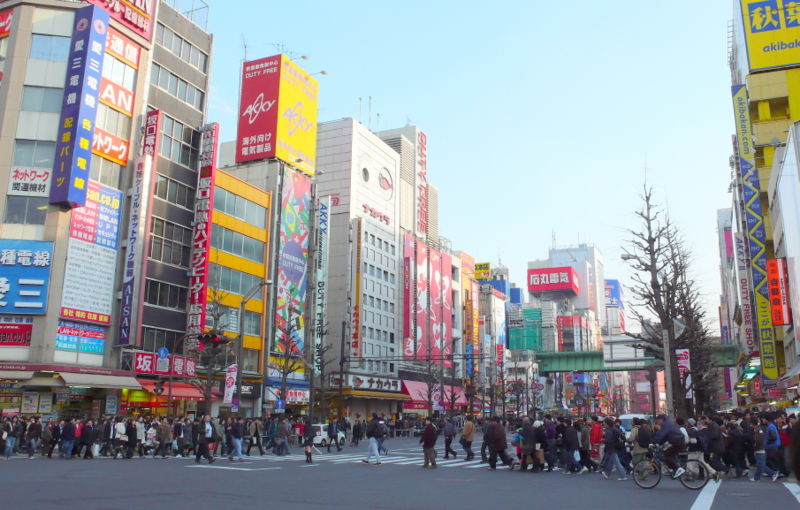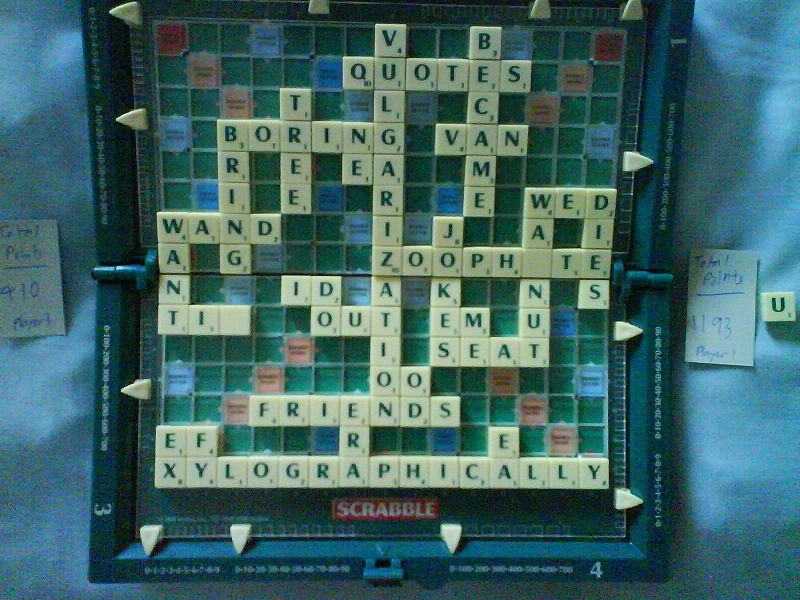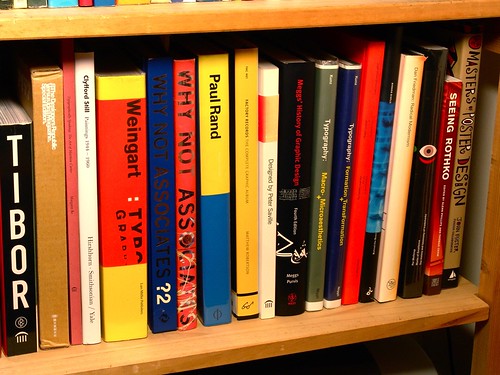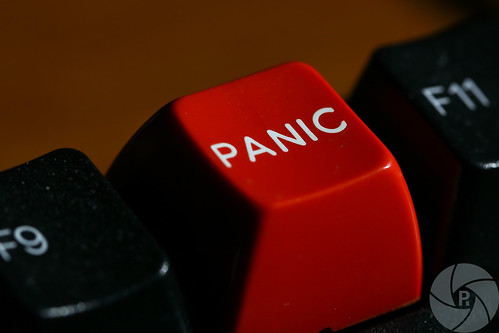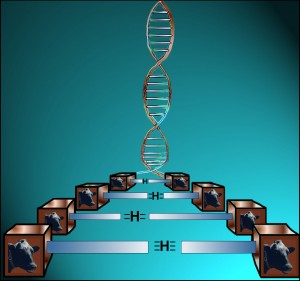
Image from my archives. From a VPN magazine article.
The picture I selected reminds me of writing, as it generates in me a thought that the stitching together of units will result in a synergy; in the case of genes, life. More than the sum of the parts.
How we turn a blank slate (be it stone, paper, or an electronic interface) into a carefully crafted, stitched together collection of units (words, phrases) called writing is a process applied in very different settings and media these days. Successful text technologies are the sum of much more than the jumble of letters one sees if quickly perusing a text-filled page.
In the image, we see a stitching together of the building blocks of life; seeing something with a high degree of order formed using a finite collection of building blocks.
Writers must first face a blank “page”, and their text changes the space. The writing will change those who can assimilate meanings from the words and phrases. How a writer will achieve that end is determined by the traditions and rules of each language, the tools, the cultural setting, and will evolve according to the times they live and work in.
I am taking my 7th an d8th courses this fall. I am involved in technical writing and editing, I coach students for communication skills in veterinary training, and instruct a university course online. I also have developed many educational materials in electronic, print, and graphic art formats over the years. (When not doing family activities and clinical practice!)
I think this will be a fascinating course. I have had the good fortune of being able to wear many hats over the years while working on educational projects, but around every corner in the MET program, I find challenges and enrichment of my understanding of the processes we can apply, in order to turn a “blank slate” into something much more.
Warm regards to all, Kathleen Cavanagh


